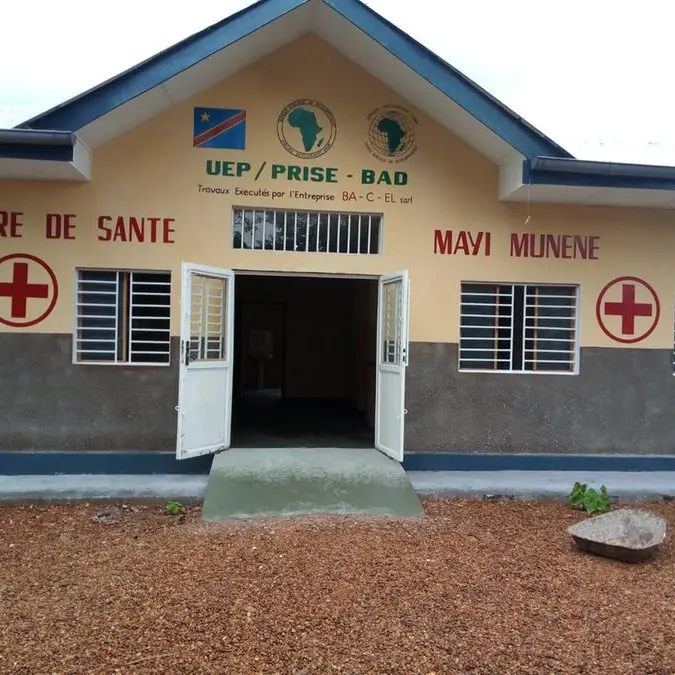Dubai, UAE – Sophos, a global leader in next-generation cybersecurity, today released its annual international survey and review of real-world ransomware experiences in the State of Ransomware 2022. The report shows that 59% of UAE organizations surveyed were hit with ransomware in 2021, up from 38% in 2020.
The report summarizes the impact of ransomware on 5,600 mid-sized organizations in 31 countries across Europe, the Americas, Asia-Pacific and Central Asia, the Middle East, and Africa
“The survey shows that, globally, the proportion of victims paying the ransom continues to increase, even when they may have other options available,” said Chester Wisniewski, principal research scientist at Sophos. “There could be several reasons for this, including incomplete backups or the desire to prevent stolen data from appearing on a public leak site. In the aftermath of a ransomware attack there is often intense pressure to get back up and running as soon as possible. Restoring encrypted data using backups can be a difficult and time-consuming process, so it can be tempting to think that paying a ransom for a decryption key is a faster option. It’s also an option fraught with risk. Organizations don’t know what the attackers might have done, such as adding backdoors, copying passwords and more. If organizations don’t thoroughly clean up the recovered data, they’ll end up with all that potentially toxic material in their network and potentially exposed to a repeat attack.”
The main findings for the UAE in the State of Ransomware 2022 global survey, which covers ransomware incidents experienced during 2021, as well as related cyber insurance issues, include:
- The impact of a ransomware attack can be immense – The average cost to recover from the most recent ransomware attack in 2021 was US$1.26 million. It took on average one month to recover from the damage and disruption. Eighty eight percent of organizations said the attack had impacted their ability to operate, and 83% of the victims said they had lost business and/or revenue because of the attack
- Many organizations rely on cyber insurance to help them recover from a ransomware attack – 85% of mid-sized organizations had cyber insurance that covers them in the event of a ransomware attack – and, in 100% of incidents, the insurer paid some or all the costs incurred
- Ninety-eight percent of those with cyber insurance said that their experience of getting it has changed over the last 12 months, with higher demands for cybersecurity measures, more complex or expensive policies and fewer organizations offering insurance protection
“The findings suggest we may have reached a peak in the evolutionary journey of ransomware, where attackers’ greed for ever higher ransom payments is colliding head on with a hardening of the cyber insurance market as insurers increasingly seek to reduce their ransomware risk and exposure,” said Wisniewski. “In recent years, it has become increasingly easy for cybercriminals to deploy ransomware, with almost everything available as-a-service. Second, many cyber insurance providers have covered a wide range of ransomware recovery costs, including the ransom, likely contributing to ever higher ransom demands. However, the results indicate that cyber insurance is getting tougher and in the future ransomware victims may become less willing or less able to pay sky high ransoms. Sadly, this is unlikely to reduce the overall risk of a ransomware attack. Ransomware attacks are not as resource intensive as some other, more hand-crafted cyberattacks, so any return is a return worth grabbing and cybercriminals will continue to go after the low hanging fruit.”
Sophos recommends the following best practices to help defend against ransomware and related cyberattacks
- Install and maintain high-quality defenses across all points in the organization’s environment. Review security controls regularly and make sure they continue to meet the organization’s needs
- Proactively hunt for threats to identify and stop adversaries before they can execute their attack – if the team lacks the time or skills to do this in house, outsource to a Managed Detection and Response (MDR) specialist
- Harden the IT environment by searching for and closing key security gaps: unpatched devices, unprotected machines, open RDP ports, etc. Extended Detection and Response (XDR) solutions are ideal for this purpose
- Prepare for the worst. Know what to do if a cyber incident occurs and keep the plan updated
- Make backups, and practice restoring from them so that the organization can get back up and running as soon as possible, with minimum disruption
Read The State of Ransomware 2022 report for the full global findings and data by sector.
-Ends-
About the Survey
The State of Ransomware 2022 survey covers ransomware incidents and experiences during 2021. The survey was conducted by Vanson Bourne, an independent specialist in market research, in January and February 2022. The survey interviewed 5,600 IT decision makers in 31 countries, in the US, Canada, Brazil, Chile, Colombia, Mexico, Austria, France, Germany, Hungary, the UK, Italy, the Netherlands, Belgium, Spain, Sweden, Switzerland, Poland, the Czech Republic, Turkey, Israel, UAE, Saudi Arabia, India, Nigeria, South Africa, Australia, Japan, Singapore, Malaysia, and the Philippines. All respondents were from mid-sized organizations with between 100 and 5,000 employees.
Note: For the global survey, “hit by ransomware” was defined as having one or more devices impacted by a ransomware attack, but not necessarily encrypted. Respondents were asked to respond about their most significant attack, unless otherwise stated.
Additional Resources
- For last year’s ransomware survey see the State of Ransomware 2021
- For details of Sophos research on a wide range of individual ransomware groups, see the Sophos Ransomware Threat Intelligence Center
- Sophos endpoint products, such as Intercept X protect users by detecting the actions and behaviors of attackers
- Further details on the evolving cyberthreat landscape can be found in the Sophos 2022 Threat Report
- Tactics, techniques, and procedures (TTPs) and more for different types of threats are available on SophosLabs Uncut, which provides Sophos’ latest threat intelligence
- Information on attacker behaviors, incident reports and advice for security operations professionals is available on Sophos News SecOps
- Learn more about Sophos’ Rapid Response Service that contains, neutralizes and investigates attacks 24/7
- The four top tips for responding to a security incident from Sophos Rapid Response and the Managed Threat Response Team
- Read the latest security news and views on Sophos’ award-winning news website Naked Security and on Sophos News
About Sophos
Sophos is a worldwide leader in next-generation cybersecurity, protecting more than 500,000 organizations and millions of consumers in more than 150 countries from today’s most advanced cyberthreats. Powered by threat intelligence, AI and machine learning from SophosLabs and SophosAI, Sophos delivers a broad portfolio of advanced products and services to secure users, networks and endpoints against ransomware, malware, exploits, phishing and the wide range of other cyberattacks. Sophos provides a single integrated cloud-based management console, Sophos Central – the centerpiece of an adaptive cybersecurity ecosystem that features a centralized data lake that leverages a rich set of open APIs available to customers, partners, developers, and other cybersecurity vendors. Sophos sells its products and services through reseller partners and managed service providers (MSPs) worldwide. Sophos is headquartered in Oxford, U.K. More information is available at www.sophos.com.


















